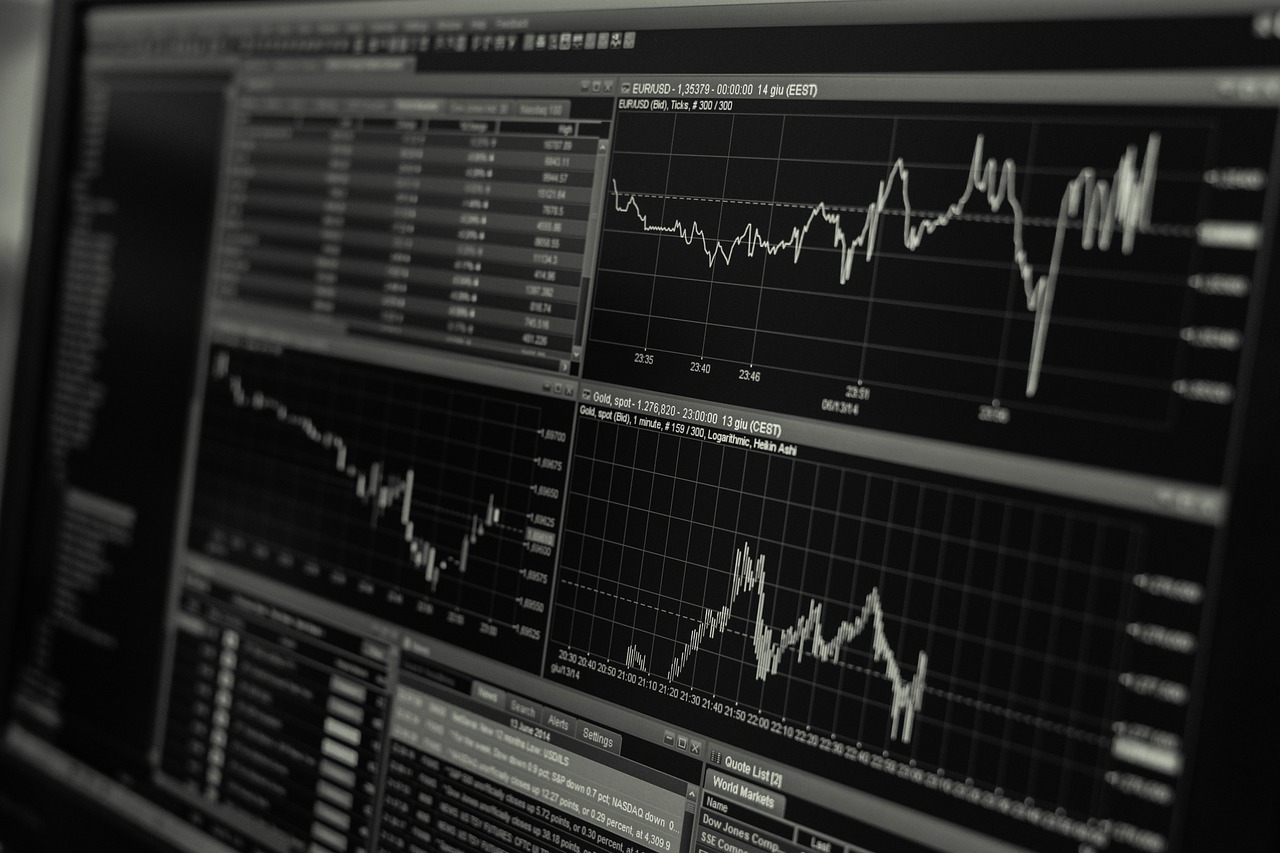Imagine attending a high-end speed dating event, where eligible bachelors and bachelorettes gather, hoping to find their perfect match. Now, envision this scenario in the digital advertising world, where publishers and advertisers converge to form lucrative partnerships. Welcome to the Ad Exchange – the ultimate matchmaker of digital advertising.
What is an Ad Exchange?
An Ad Exchange is a platform that facilitates real-time bidding (RTB) for ad inventory between publishers and advertisers. It’s an electronic marketplace where supply (publishers’ ad space) meets demand (advertisers’ ad campaigns). This efficient system ensures that ads are delivered to the right audience, maximizing revenue for publishers and ROI for advertisers.
How Does it Work?
- Publishers integrate their ad inventory into the Ad Exchange.
- Advertisers connect their demand-side platforms (DSPs) to the exchange.
- When a user visits a publisher’s website, the Ad Exchange receives a bid request.
- Advertisers’ DSPs analyze user data and submit bids in real-time.
- The highest bidder wins the ad impression.
Benefits of Ad Exchanges
- Efficient marketplace: Automates ad buying and selling.
- Increased revenue: Publishers maximize ad yield.
- Targeted advertising: Advertisers reach desired audiences.
- Real-time optimization: Continuous campaign refinement.
- Transparency: Clear pricing and inventory visibility.
Key Players in the Ad Exchange Ecosystem
- Publishers: Websites and apps offering ad inventory.
- Advertisers: Brands seeking targeted audiences.
- Ad Exchanges: Platforms facilitating RTB.
- DSPs: Advertisers’ demand-side platforms.
- Supply-Side Platforms (SSPs): Publishers’ inventory management systems.
Challenges and Opportunities
- Ad fraud: Mitigating fake traffic and invalid impressions.
- Transparency: Ensuring clear pricing and inventory visibility.
- Data management: Leveraging user data responsibly.
- Viewability: Ensuring ads are seen by users.
- Brand safety: Protecting advertisers’ reputation.
Ad Exchange Models
- Open Auction: Multiple buyers bid on ad inventory.
- Invitation-Only Auction: Select buyers receive bid invitations.
- Private Marketplace (PMP): Direct deals between publishers and advertisers.
- Programmatic Guaranteed (PG): Guaranteed ad inventory purchases.
Future of Ad Exchanges
- Artificial Intelligence (AI): Enhanced ad targeting and optimization.
- Blockchain: Increased transparency and security.
- Header Bidding: Streamlined ad bidding process.
- Mobile and Video: Growing demand for mobile and video ad inventory.
Best Practices for Advertisers
- Define target audiences: Use data to inform ad campaigns.
- Set clear objectives: Establish measurable goals.
- Monitor campaign performance: Continuously optimize.
- Diversify ad formats: Leverage video, native, and display ads.
Best Practices for Publishers
- Optimize ad inventory: Maximize yield.
- Use data analytics: Inform ad placement decisions.
- Ensure viewability: Prioritize ad visibility.
- Maintain brand safety: Protect advertiser reputation.
Conclusion
The Ad Exchange revolutionizes digital advertising by streamlining the buying and selling process. By understanding this dynamic marketplace, publishers and advertisers can unlock new revenue streams and target their desired audiences more effectively.


